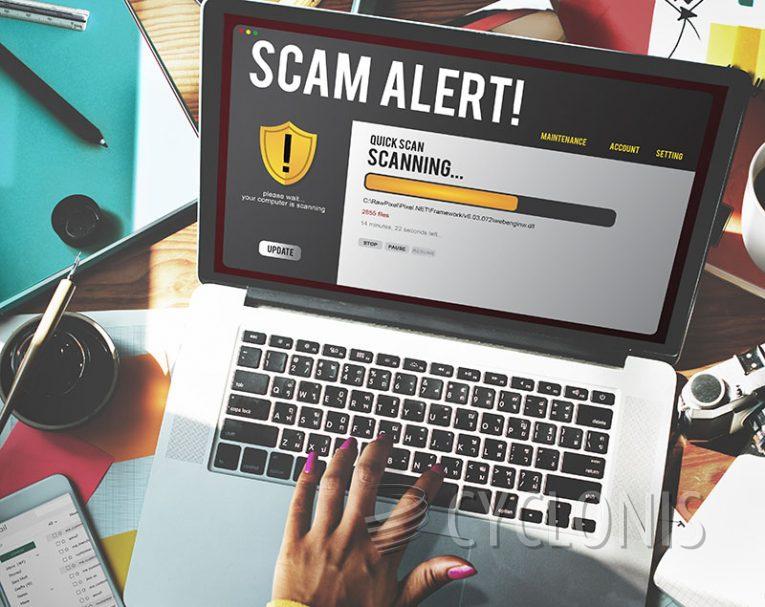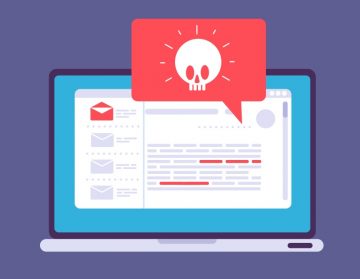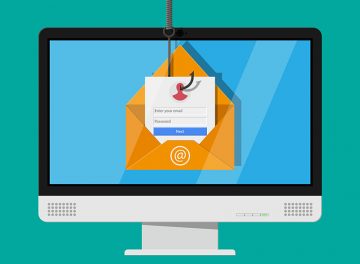'Emails Did Not Reach Your Inbox' Email Scam

Our investigation into this email has unveiled it as a phishing attempt, masquerading as a notification from an email service provider. This is a tactic employed by scammers to deceive recipients into visiting a counterfeit website and divulging their personal information. Hence, it is strongly advisable that recipients refrain from engaging with this email and simply disregard it.
Within the phishing email, the sender poses as an email service provider and alleges that some of the recipient's emails have failed to reach their inbox due to a temporary issue with their mailbox. The email instructs the recipient to click on a link labeled "Restore Email Delivery" in order to address the issue and ensure the receipt of all crucial emails.
The email concludes by stressing that it is an automated system-generated message and advises the recipient not to reply to it. Nevertheless, it is vital to recognize that this email is a deceitful ploy by scammers to induce the recipient into clicking the link, which leads to a fraudulent website intended to pilfer their personal information.
During our investigation, we observed that the webpage provided in this phishing email was inaccessible. It is essential to bear in mind that such emails frequently contain links designed to direct users to deceitful websites that request login credentials, typically encompassing email addresses and passwords.
When scammers gain access to pilfered email account login details, they can infiltrate the victim's personal and sensitive information, comprising emails, contacts, and potentially confidential documents. This information can be exploited for purposes such as identity theft, financial fraud, or blackmail.
Furthermore, scammers can employ the compromised email account to transmit phishing emails to the victim's contacts, disseminating malware or fraudulent messages under the guise of a trusted source. Furthermore, the stolen credentials might grant access to other online accounts if the victim employs the same login information across multiple platforms, thereby jeopardizing their financial and personal data.
How Can You Recognize a Scam Email?
Recognizing a scam email is essential to protect yourself from various forms of cyberattacks, including phishing, malware distribution, and identity theft. Here are key indicators to help you identify a scam email:
- Generic Greetings: Scam emails often use generic greetings like "Dear Customer" or "Hello User" instead of addressing you by name. Legitimate organizations usually personalize their messages with your name.
- Misspellings and Poor Grammar: Scammers often make spelling and grammatical errors in their emails. Look out for typos, awkward phrasing, and grammatical mistakes.
- Urgent or Threatening Language: Scam emails frequently create a sense of urgency or use threatening language to pressure you into taking immediate action. Be cautious of emails that demand you act quickly or face dire consequences.
- Unsolicited Attachments or Links: Avoid opening attachments or clicking on links in emails from unknown or unexpected sources. Scammers often use these to deliver malware or redirect you to fraudulent websites.
- Suspicious Sender's Address: Check the sender's email address. Scammers may use email addresses that mimic legitimate organizations but have slight variations or unusual domain names.
- Requests for Personal or Financial Information: Legitimate organizations will not ask you to provide sensitive information like passwords, Social Security numbers, or credit card details via email. Be extremely cautious if an email requests such information.
- Too Good to Be True Offers: If an email promises you a large sum of money, a prize, or an unbelievable deal, it's likely a scam. Remember, if it sounds too good to be true, it probably is.
- Check the URL in Links: Hover your mouse pointer over any links in the email (without clicking). Verify that the URL displayed matches the one the email claims to lead to.








